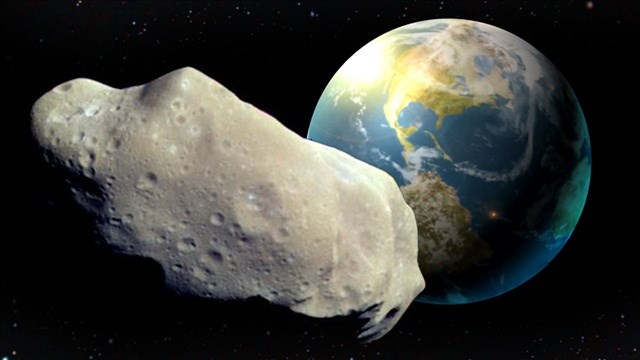

Scientists, engineers, technicians, and media and communications workers often collaborate on projects. Space missions require workers in many different occupations. Source: Office of Personnel Management (OPM).

Note: Some employment data are restricted to limit the disclosure of certain details, such as respondent identity. The map shows the location of NASA employment in occupations related to space work.

For example, space research and technology in Harris County, Texas-home of Johnson Space Center-employed 2,920 in March 2016, with average weekly wages of about $2,540. However, the BLS Quarterly Census of Employment and Wages program publishes industry data by county. Bureau of Labor Statistics (BLS) Occupational Employment Statistics survey does not collect employment and wage data by detailed occupation in space-related industries. Private companies, including those that contract with federal agencies, employ workers in industries such as aerospace product and parts manufacturing and scientific research and development services. Department of Defense, the Federal Communications Commission, and the National Science Foundation. Other government agencies that employ workers in space-related occupations include the U.S. “We have all kinds of missions studying all kinds of phenomena, including earth science and exploring comets, asteroids, neighboring planets, deep space, and so much more.” “A lot of people don’t realize the depth and breadth of what we do,” says Steve Sabia, a user interface designer at NASA. And even though most of these workers never leave Earth, they are involved in the projects that do. NASA, the federal agency that specializes in air travel and space exploration, has about 17,000 workers. For example, the precision required to cut large mirrors for telescopes has improved laser eye surgery materials created to soften spacecraft landings were modified for radial tires and memory foam and research into solar-powered aircraft was adapted to improve solar cells for residential, commercial, and other uses. Many of the technologies developed to explore space have also resulted in innovations that benefit our everyday lives. “It’s important to answer questions like: How does the universe work? Why are we here? Are we alone?” says Maggie Masetti, a social media lead at NASA. For example, observations of tiny fluctuations in the light from distant stars helped scientists discover exoplanets orbiting in other solar systems. From the thousands of applications received, only a few are chosen for the intensive Astronaut Candidate training program.In many ways, space missions build on what the early astronomers learned, often with the same motivations. NASA selects astronauts from a diverse pool of applicants with a wide variety of backgrounds. If you're interested in working for NASA - whether you are currently a NASA employee or not - another great place to start looking for your new NASA job is NASA Jobs. We are scientists, engineers, computer programmers, personnel specialists, accountants, writers, maintenance workers and many, many other kinds of people. NASA is annually among "The Best Places to Work in the Federal Government." We encourage you to build your resume in USAJOBS. Using the Job Search Agents, you can automatically receive jobs matching your criteria by email. It is really easy to become a USAJOBS member and sign-up for USAJOBS Job Search Agents. It's your one-stop source for Federal jobs and employment information, including NASA Jobs. USAJOBS is the official job site of the United States Federal Government.
NASA JOBS NEAR ME HOW TO
Read the "Early Career Opportunities" brochure to learn how to make the most of your NASA job search. With this encouraging news, we would like to show you how to turn this opportunity into an actual career. NASA has a plan that will provide tremendous entry-level job opportunities.


 0 kommentar(er)
0 kommentar(er)
